+86-159 9860 6917
info@geofantex.com
geofantex@gmail.com
+86-400-8266163-44899
The installation of geosynthetic liners represents a cutting-edge approach to environmental protection and engineering, blending science with sustainability. This popular science article delves into the intricacies of geosynthetic liners, offering insights into their purpose, installation process, benefits, and the critical role they play in modern construction and environmental safeguarding. From preventing contamination in landfills to supporting the foundations of massive infrastructures, geosynthetic liners are an unsung hero in our ongoing quest for sustainable development.
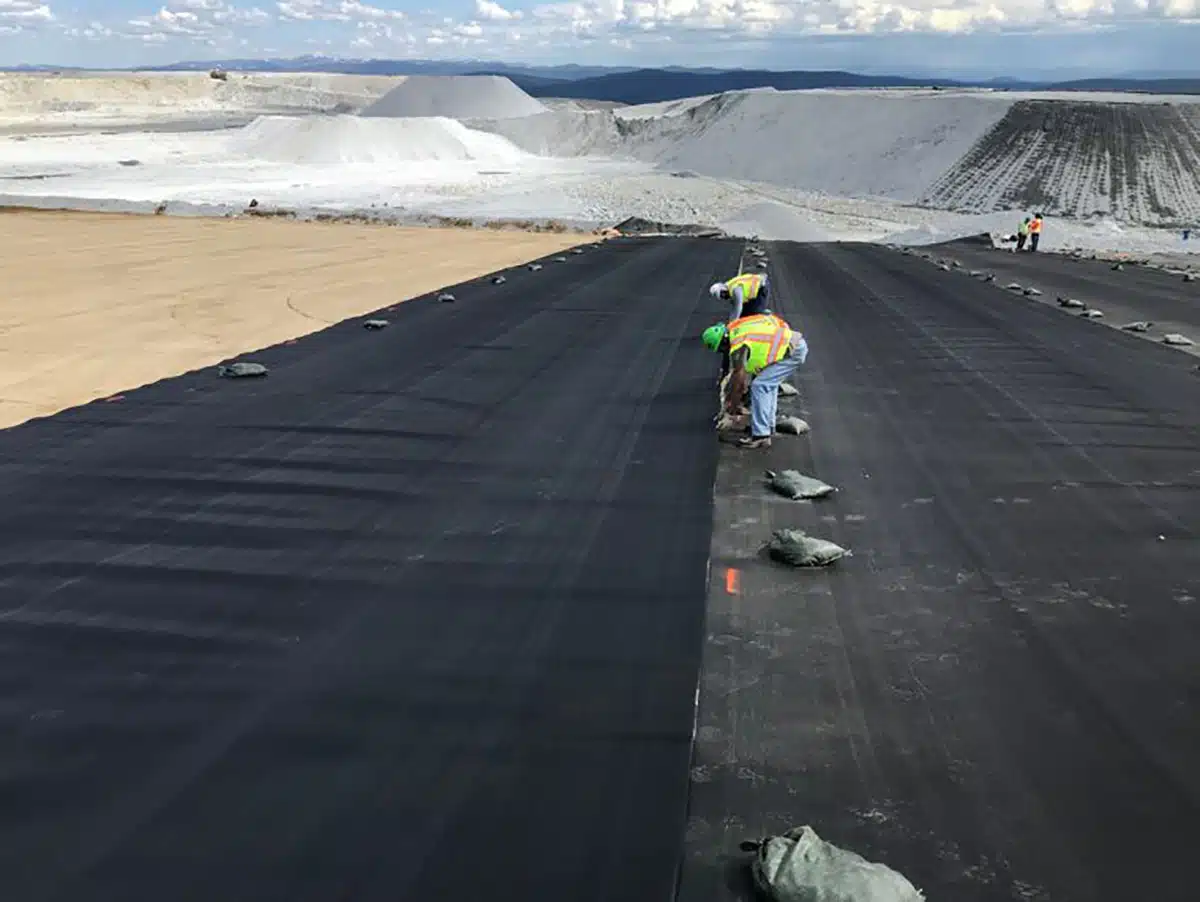
What is the purpose of a clay liner?
Clay liners serve as a natural barrier to prevent the migration of contaminants, as well as serving as a hydraulic barrier to the flow of fluids. Typically used in landfill and waste containment applications, their primary purpose is to protect groundwater and the surrounding environment from pollution. Composed of compacted clay, these liners boast low permeability, making them particularly effective at blocking the passage of leachate — the polluted liquid that can leach from waste sites. By acting as a hydraulic barrier, they further ensure that contaminants are contained and prevented from infiltrating natural water sources. Clay liners are often part of a multilayered containment system, sometimes working in tandem with geosynthetic liners to enhance protection and efficiency, leveraging their ability to restrict fluid movement to safeguard the environment comprehensively.
What is geosynthetic installation?
Geosynthetic installation refers to the process of deploying geosynthetic materials — such as liners, membranes, nets, grids, and textiles, all synthetic products used to stabilize terrain — into engineered projects. This process involves site preparation, laying out the geosynthetic material, seaming and joining sections together, and anchoring the material in place to ensure the stability of the underlying terrain. Proper installation is crucial to ensure the functionality and longevity of the geosynthetic system. It requires careful planning, precision, and expertise, often following stringent guidelines to meet environmental and engineering standards. Through stabilizing the terrain, these synthetic products play a pivotal role in the success and sustainability of various engineering and environmental projects.
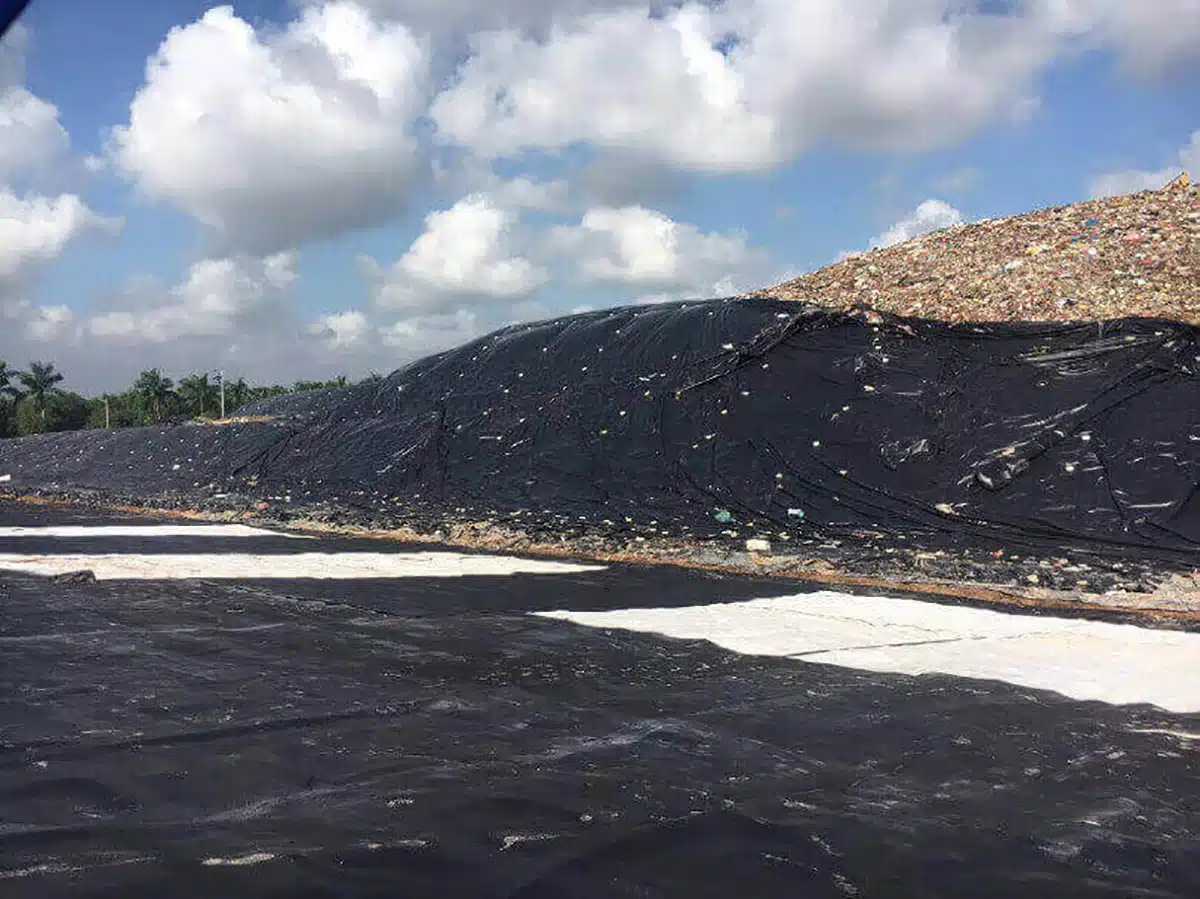
What is a geosynthetic liner?
A geosynthetic liner, a factory-manufactured hydraulic barrier consisting either of a layer of bentonite, polymers like polyethylene or polypropylene, or other very low-permeability materials such as concrete, is used in a variety of environmental and engineering applications to contain liquids or gases and prevent contamination. These liners are designed to offer high impermeability, durability, and chemical resistance, making them suitable for widespread use. Geosynthetic liners are commonly deployed in landfills, waste containment sites, water reservoirs, and mining operations, serving as a critical barrier to protect natural resources and reduce environmental impact. Their factory-engineered composition ensures consistent quality and performance, crucial for their effectiveness in safeguarding the environment.
Why do we need to use geosynthetics?
The use of geosynthetics, including geosynthetic liners, is driven by their ability to solve complex engineering challenges affordably and sustainably, such as stabilizing and separating unbound pavement layers. They provide significant environmental protection benefits, including preventing groundwater contamination and reducing erosion. Beyond these, geosynthetics enhance the structural integrity of infrastructure projects by offering stability, strength, filtration, and the crucial function of maintaining the integrity of pavement layers by preventing mixing and displacement. Their versatility, durability, and cost-effectiveness make them an indispensable tool in modern construction, environmental conservation, and disaster mitigation efforts, showcasing their broad utility across various sectors.
Installing geosynthetic liners is more than just a technical procedure; it’s a commitment to environmental stewardship and engineering excellence. Through the purposeful use of clay and geosynthetic liners, we can significantly mitigate the human impact on the environment, protecting water sources and soil from contamination. The installation process, while complex, plays a pivotal role in ensuring the effectiveness and durability of these systems. As we continue to face environmental challenges, the importance of geosynthetic liners and the technology behind them will only grow, underscoring the need for innovation and sustainability in our approaches to construction and environmental protection.
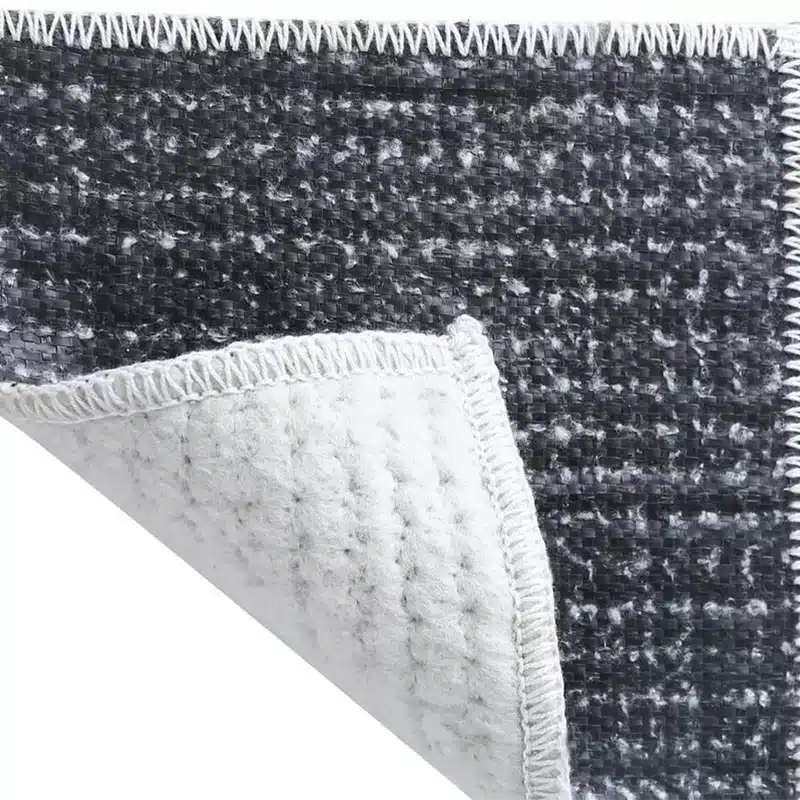
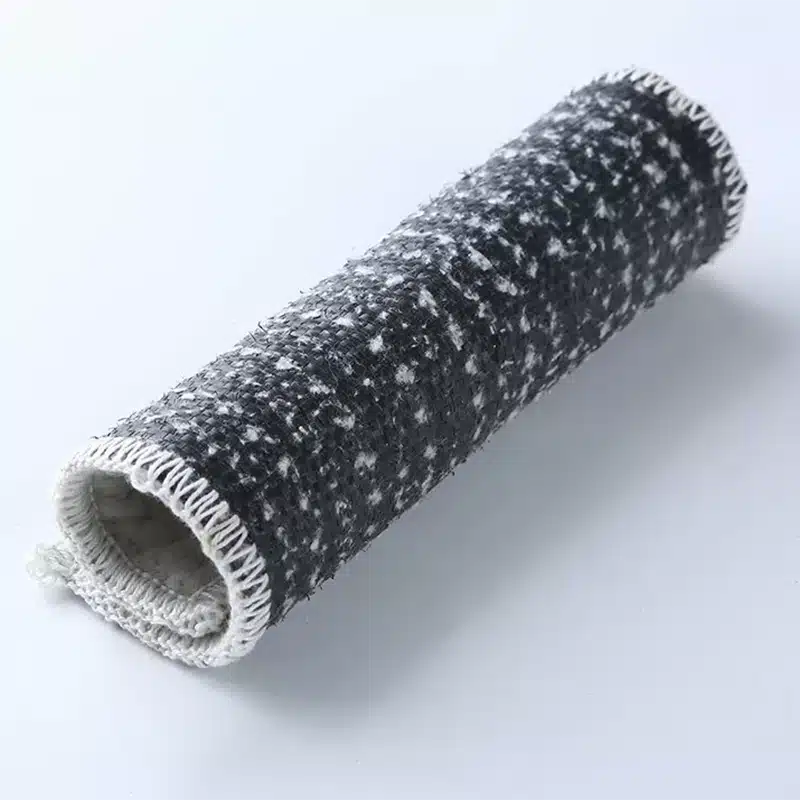
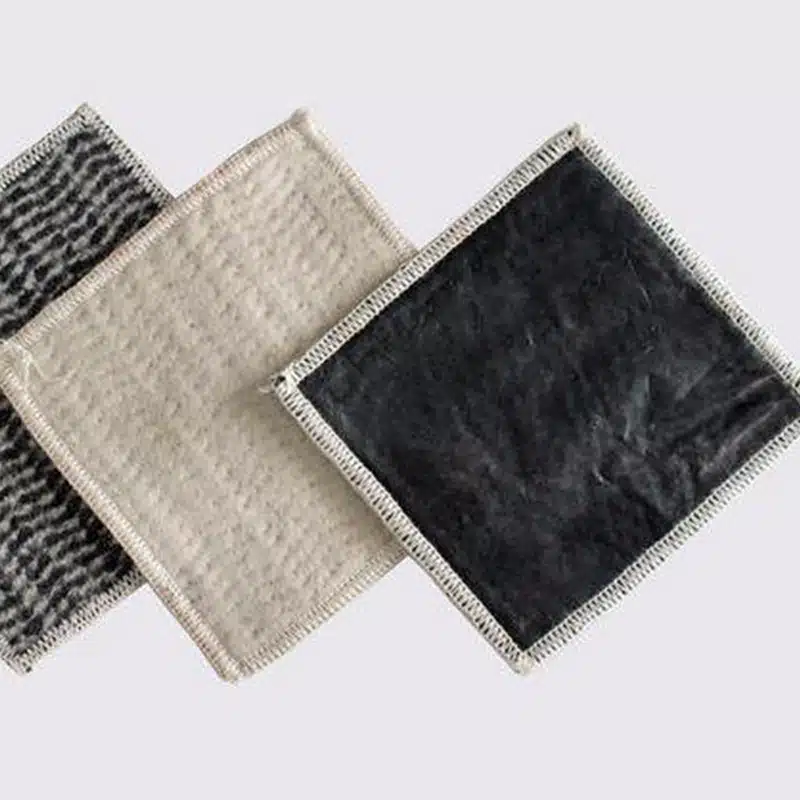
Get Free Sample
We’ll respond as soon as possible(within 12 hours)






















